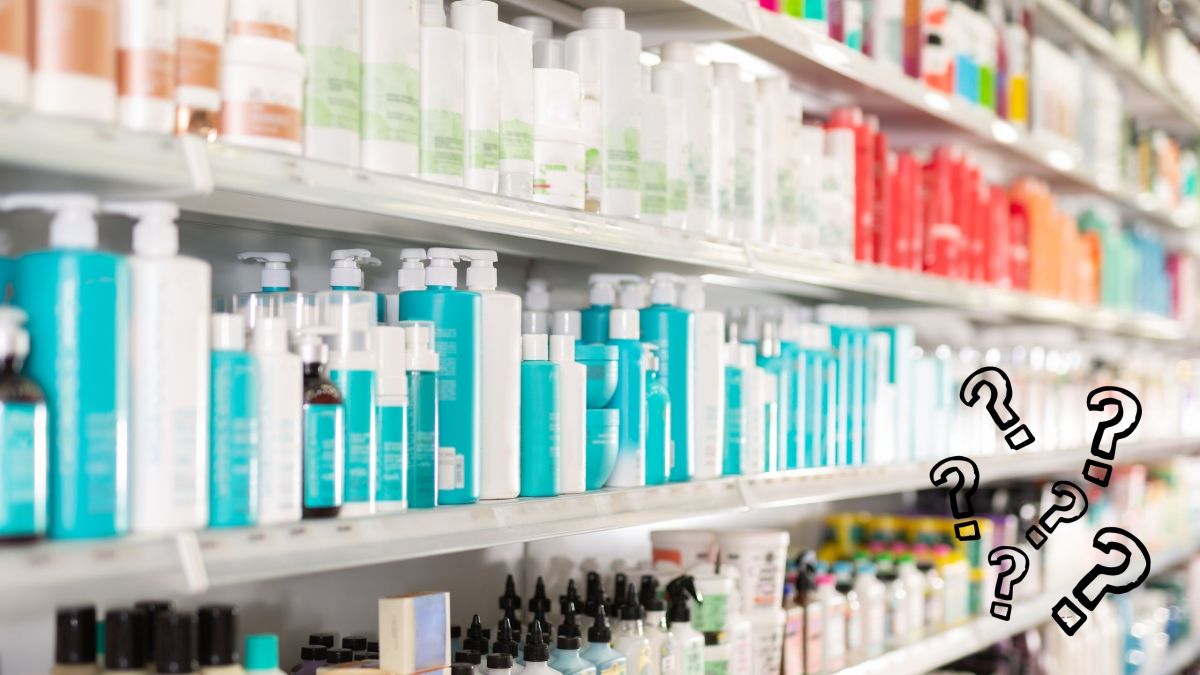Personal Care Products: Which Ingredients to Avoid

Personal Care Products: Which Ingredients to Avoid
From morning routines to nightly skincare rituals, personal care products are part of nearly everyone’s day. While brands often highlight nourishing extracts, vitamins, and natural oils, the ingredient list on the back of the bottle can tell a very different story. Many formulas still contain additives that may not be harmful in every case, but are questionable in terms of long-term exposure, skin sensitivity, or environmental impact.
This guide walks you through some of the most common ingredients experts recommend using with caution, along with practical tips to help you make better choices without overhauling your bathroom cabinet overnight.
Why Ingredients Matter
Your skin is your body’s largest organ, and while not everything applied topically penetrates deeply, some substances can be absorbed. Beyond health concerns, certain chemicals affect product performance—causing dryness, irritation, or imbalance over time. Understanding what’s inside your shampoo, deodorant, or lotion can help you choose products that support, rather than stress, your skin and body.
Common Ingredients to Watch Out For
| Ingredient | Why It's Used | Concerns | Alternatives |
|---|---|---|---|
| Parabens | Preservative | Hormonal disruption concerns | Natural acids, herbal extracts |
| Sulfates | Foaming agent | Dryness, irritation | Milder surfactants |
| Phthalates | Fragrance stabilizer | Hormone concerns | Phthalate-free fragrance |
1. Parabens
What they are: Synthetic preservatives found in lotions, shampoos, and makeup.
Concerns: Studies have linked parabens to potential hormonal disruption, though research is still evolving. For people with sensitive skin, they may also cause irritation.
Alternative: Look for “paraben-free” labels or products preserved with natural options like rosemary extract or certain organic acids.
2. Sulfates (Sodium Lauryl Sulfate, Sodium Laureth Sulfate)
What they are: Foaming agents commonly used in cleansers, toothpaste, and shampoos.
Concerns: Effective at cutting oil, but often too harsh, stripping natural oils and leaving skin or hair dry. Some people also experience scalp irritation.
Alternative: Consider sulfate-free shampoos or cleansers that use milder surfactants like cocamidopropyl betaine.
3. Phthalates
What they are: Chemicals used to increase flexibility in plastics and sometimes to help fragrances last longer.
Concerns: Research suggests certain phthalates may impact hormone balance. Regulations vary globally, but some types are restricted in cosmetics.
Alternative: Look for “phthalate-free” fragrance or fragrance-free options.
4. Formaldehyde-Releasing Preservatives (DMDM Hydantoin, Quaternium-15)
What they are: Preservatives that release small amounts of formaldehyde to prevent bacteria growth.
Concerns: Can cause skin irritation and allergic reactions; formaldehyde itself is classified as a human carcinogen in high exposures.
Alternative: Opt for products using phenoxyethanol or natural preservatives.
5. Synthetic Fragrance (Parfum)
What it is: A blend of undisclosed ingredients that create a product’s scent.
Concerns: Since “fragrance” is treated as proprietary, the label rarely lists its components. Fragrance mixtures can include allergens or irritants.
Alternative: Products scented with essential oils, or fragrance-free versions if you’re sensitive.
6. Triclosan
What it is: An antibacterial agent once popular in soaps, toothpaste, and deodorants.
Concerns: Now banned in some regions due to links with antibiotic resistance and environmental effects. Can also disrupt skin’s natural balance.
Alternative: Plain soap and water is highly effective for everyday handwashing.
7. Mineral Oil and Petrolatum
What they are: Petroleum by-products used for their moisture-sealing qualities.
Concerns: Safe in refined cosmetic-grade form, but some worry about impurities in less-regulated products. They can also feel heavy and block pores for certain skin types.
Alternative: Plant-based oils such as jojoba, almond, or shea butter.
Practical Tips for Smarter Choices
-
Read labels carefully. Ingredients are listed in order of concentration, with the first few making up most of the formula.
-
Don’t panic. Not all exposure is harmful. Occasional use of a product with one of these ingredients is unlikely to cause immediate problems. It’s the repeated, long-term use worth considering.
-
Test slowly. If switching to new products, introduce them one at a time so you can track how your skin responds.
-
Check certifications. Third-party labels like EWG Verified or COSMOS Organic may help narrow options if you’re unsure.
-
Find your balance. Some people prefer all-natural routines, while others choose conventional brands but avoid only certain ingredients. Both approaches can work—it depends on your comfort level and skin’s needs.
The Bottom Line
Personal care products aren’t one-size-fits-all. What irritates one person’s skin might be perfectly fine for another. By learning which ingredients raise questions and how to identify them on a label, you gain the tools to make informed, practical decisions. Ultimately, the goal isn’t perfection but awareness—so the products you use every day feel like they’re truly working for you.
Questions & Answers
Q: Should I throw away all products with these ingredients immediately?
A: Not necessarily. Use what you have, but when repurchasing, consider options without the ingredients you’d like to avoid.
Q: Are natural products always safer?
A: Not always. Natural doesn’t automatically mean irritation-free. Patch testing new products is still important.
Q: How can I spot hidden ingredients?
A: Look for terms like “parfum” or preservatives with chemical names. Third-party certifications may also help.
Q: Where can I find reliable product safety info?
A: Resources like the Environmental Working Group (EWG) Skin Deep database or official health regulatory sites provide ingredient details.
Disclaimer: The articles and information provided by the Vagina Institute are for informational and educational purposes only. This content is not intended to be a substitute for professional medical advice, diagnosis, or treatment. Always seek the advice of your physician or another qualified health provider with any questions you may have regarding a medical condition.


 English
English  Deutsch
Deutsch  Español
Español  Français
Français 




